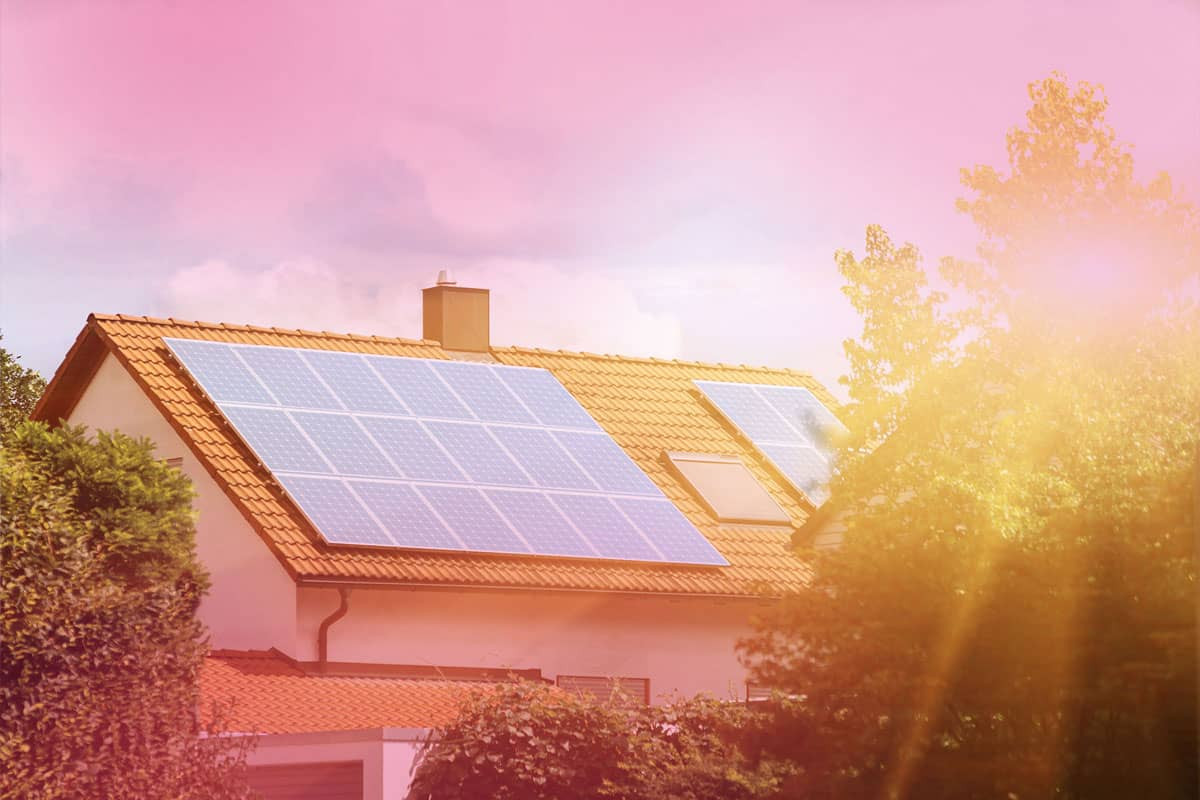
What is Solar Power? How to Generate Electricity with Solar Power
What is in this article?
As the population grows, so does the demand for energy. Energy, which is of great importance for both technological and economic development, can cause major problems if it continues to be obtained from non-renewable sources.
The use of renewable energy sources helps to increase energy efficiency. It also enables environmentally friendly energy consumption by reducing air pollution and carbon emissions.
Solar is a renewable, sustainable, and clean energy source and helps reduce the use of fossil fuels. Also, solar power can be used in many different areas, such as heating water, installing heating systems, and generating electrical energy.
In the rest of our article, you will find detailed information about solar power, the applications of this energy, the installation of solar power plants and more.
What is Solar Power?
Solar power is the radiant energy produced in the fusion process when hydrogen gas in the sun turns into helium. Sustainable and renewable energy can be obtained from the sunlight that reflects this energy on earth.
Solar power produces no greenhouse gas emissions and is therefore a clean energy source. Even a small amount of this energy reaching the world is more than the humanity's consumption.
Due to its location on earth, Turkey ranks in top levels in solar power parameters. The intensity of the sun rays, the angle of the sun rays, the temperature suitable for efficiency and the duration of the sun rays are the parameters for solar power.
According to the Renewable Energy Resources Authority, the sunshine duration in Turkey is about 7.5 hours per day and 2,640 hours per year. Again, according to the same authority, the daily radiation value is 3.6 kWh/m² and the annual radiation value is 1,311 kWh/m².
Due to its geographical location, Turkey has a high solar power potential. By utilizing this potential, electricity can be generated at low cost and needs such as heating and hot water can be satisfied.
Environmentally Friendly Way of Generating Electricity: Solar Power
The sun, the most basic source of energy in the world, is also a sustainable and inexhaustible resource.
A total of 1.5 quadrillion (1.5 x 1015) MW/h of energy is extracted from the sun every year. This amount is equivalent to 28,000 times the amount of energy consumed by humanity in a year.
According to the International Energy Agency (IEA), the sunlight that hits the earth in a 90-minute period is strong enough to meet the energy needs of the entire world for a year.
In other words, the sun has the energy to meet all of humanity's energy needs. To do this, we need to increase investments to use solar power more efficiently.
Therefore, it is beneficial to use solar power according to demand.
Solar power is obtained using two different technologies: thermal solar technology and photovoltaic solar technology.
Systems that use thermal solar technology generate heat from solar power. This heat can be used directly for water heating or for electricity generation.
Using the technology called photovoltaic, sunlight is directly converted into electricity with the help of semiconductor material.
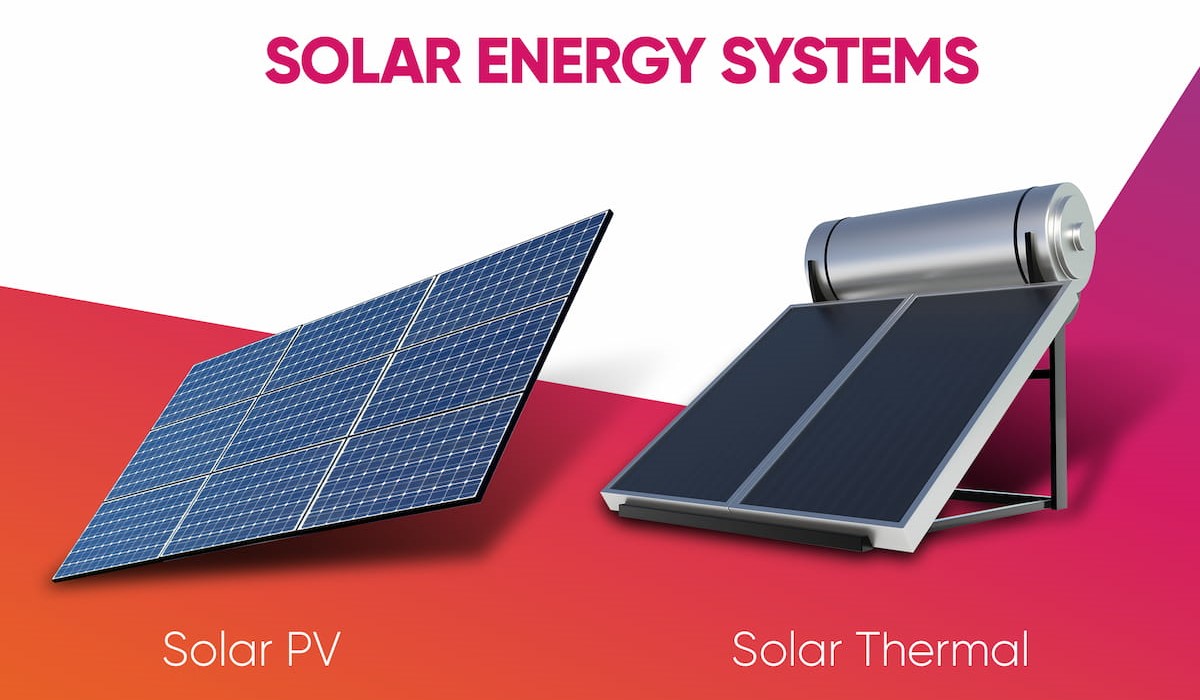
Wide Range of Applications for Solar Power
The application areas of solar power, which has been used since the 1970s, are becoming wider and wider. The best-known applications are calculators and watches.
Apart from these, solar power is used in the following fields:
- To cover the electricity demand in buildings
- For heating and hot water supply in buildings and greenhouses
- Cooling, drying, water distillation
- Garden, path and street lighting
- To supply the energy of light signal systems
- To charge cell phones and some portable technical devices
- Solar powered toy cars for children
- For cooking with concentrator systems called solar cookers
- Artificial satellites with solar energy towers
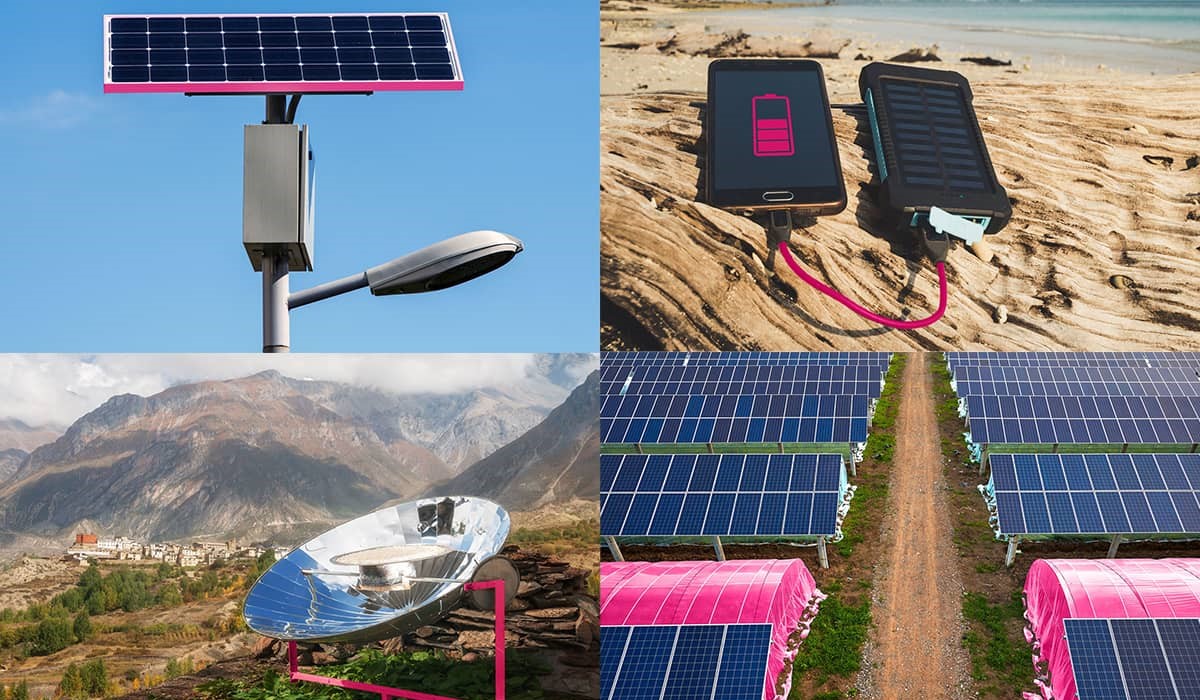
- In addition, solar power is also used in vehicles called solar cars. It is also used experimentally in airplanes.
Solar Power Water Heating Systems
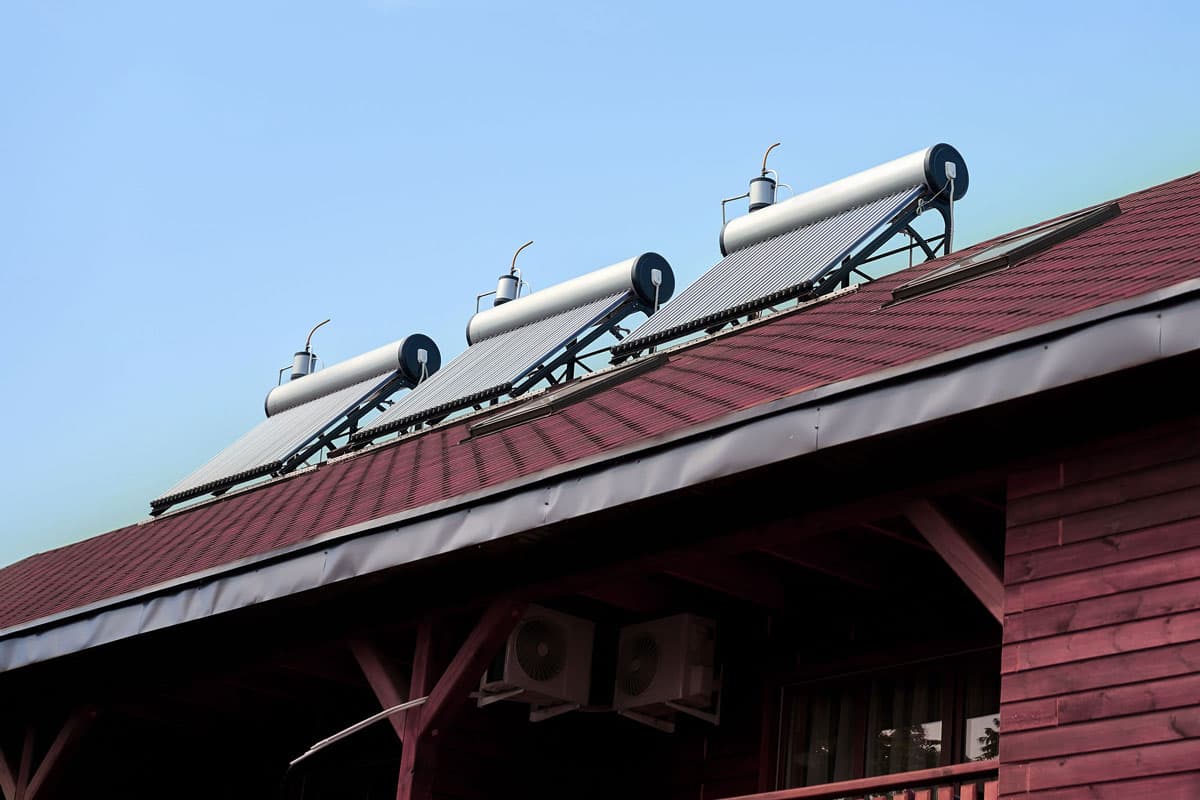 Solar power, which is one of the easiest energies to obtain, is mainly used for water heating in Turkey. Systems for heating water with solar power differ according to the type of water heating, the water circuit in the system and the purpose of use.
Solar power, which is one of the easiest energies to obtain, is mainly used for water heating in Turkey. Systems for heating water with solar power differ according to the type of water heating, the water circuit in the system and the purpose of use.
These systems are divided into two main categories: active and passive.
In active solar power water heating systems, the sun's rays collected in the panels are converted into thermal energy and transferred to the fluid in the panel. The sun's rays heat this fluid. If it is a direct flow system, it contains water instead of solar fluid. Therefore, the domestic water is heated directly.
When the liquid in the collector reaches the desired temperature in solar fluid systems, the control unit starts the flow and the pumping process begins. The heat exchanger activated here transfers the heat to heat the domestic water in the tank. After the water is heated, the solar fluid flows back into the collector panel. This cycle continues continuously.
With passive solar power water heating systems, the water from the grid first flows through the storage tank. In this way, there is always water in the system. This water is heated by the energy generated by the collectors from solar power.
When the water heats up, it moves towards the upper part of the tank due to the temperature difference. Therefore, there is no pump in these systems. In order for this cycle to continue, water must always enter the solar power water heating system.
What is a Solar Power Plant?
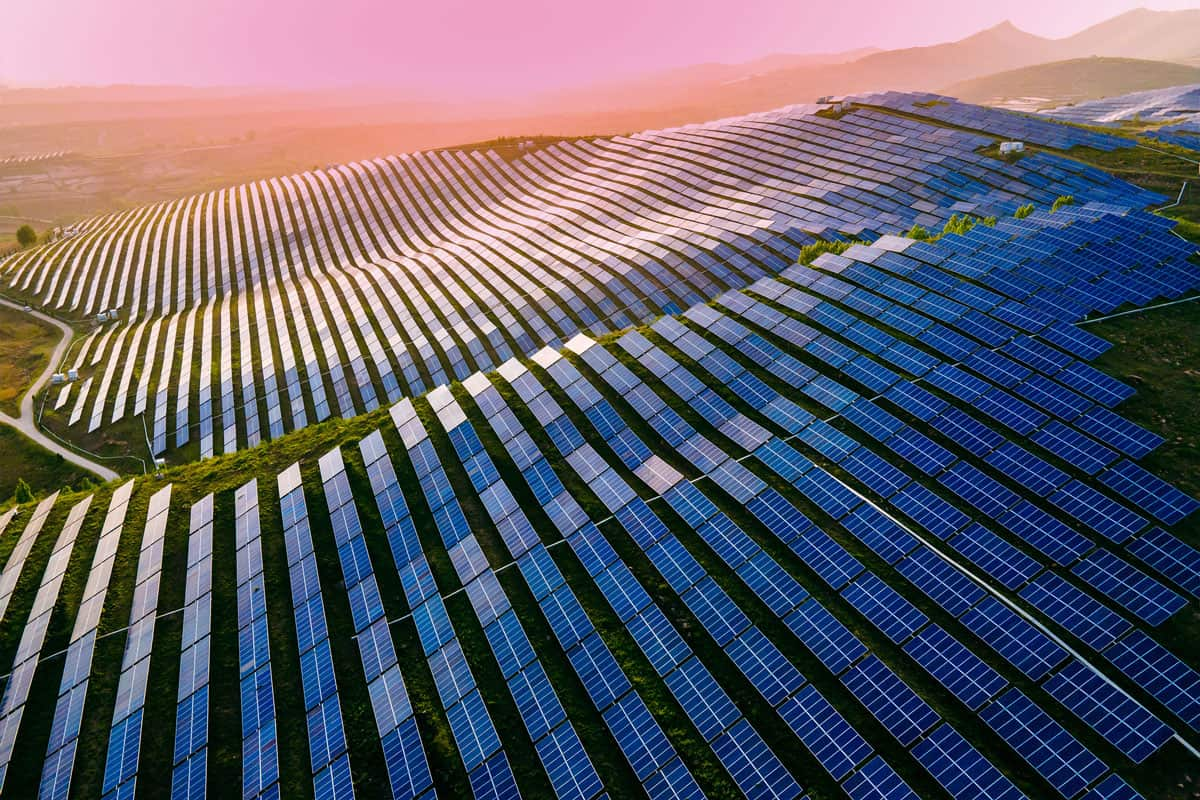 Solar power plants use the energy of solar radiation and convert it into electrical energy. The energy is obtained by solar panels in solar power plants.
Solar power plants use the energy of solar radiation and convert it into electrical energy. The energy is obtained by solar panels in solar power plants.
This system, abbreviated as SPP, converts the sun's rays into electrical energy.
The operation of the panels used in solar power plants is similar to that of solar-powered calculators.
However, while Anylite technology is used in calculators, solar cells made of gallium arsenide and crystalline silicon, which have a higher energy absorption capacity, are used in solar power plants.
After the rays hitting the solar panels are converted into energy, they are stored in these solar cells or batteries.
How to Install a Solar Power Plant?
Solar power plants are necessary to contribute to the protection of the environment and to obtain clean energy in a simple way. The heat and electricity needs can be met with the help of solar power plants. However, a permit is required before these power plants can be built.
As a first step, for the installation of SPP, it is necessary to obtain the approval of the institutions for the grid lines to be distributed and the specified land. After the approval, it is important to work with experts.
The way of installation of solar power systems may differ depending on the substrate on which they are to be installed, for example, tiled roof, roof, field. For example, the area where the panels are installed on tiled roofs should be the most exposed to sunlight. On the roofs, the light should be efficiently absorbed with the triangular feet added to the panel.
If the panel is installed in the field, it should be surrounded by wire mesh. These wires will provide grounding when a power transmission line is connected to it.
In addition, the DC/AC boxes preferred for the panels should be waterproof. At the same time, the cables should enter these boxes from below.
When installing a SPP, the equipment to be used for mounting varies depending on the soil conditions. After the panels are mounted, the installation location for the inverter is selected. For effective results, the inverter should be positioned near the panels. Grounding when installing solar systems is important for safe access to electricity.
Types of Solar Power Plants
Three different methods can be used when building solar power plants: concentrating solar systems, solar power towers, and dish engine solar power systems.
The concentrating solar system is used in linear solar systems. In other words, the sun's rays are focused with a Fresnel mirror to generate electricity or heat.
Solar power towers are designed to collect the sun's rays in a tower. Although efficient, it is not often preferred due to high installation costs.
Stirling, or dish engine, type solar power systems are generally used in areas such as fields, mines, and radar stations where grid power is not available. These types of solar power plants also have sub-types. The type of power plant to be installed is decided based on the characteristics of the region and the cost calculation.
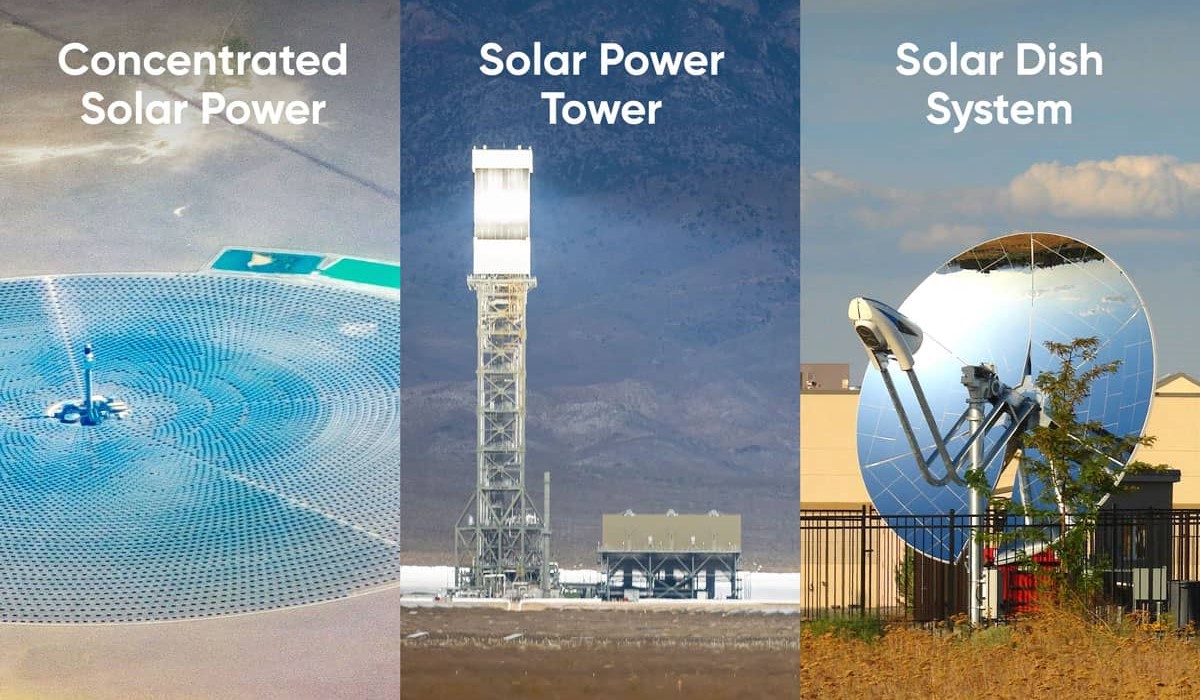
Advantages of Solar Power
Solar power has many advantages. These are listed below:
- It reduces the consumption of non-renewable resources and carbon dioxide emissions.
- The value of buildings with solar systems increases.
- Electricity generation becomes easier, especially in rural areas.
- Government-subsidized solar power has low maintenance costs and all costs are clearly calculable after commissioning.
- Disadvantages of solar power
- The disadvantages of solar power can be listed as follows:
- It can only be used during daytime.
- Special solar panels are required for sufficient efficiency on cloudy days.
- It is not always easy to find sufficiently robust and large areas to install solar panels.
Overview of Solar Power and Other Energy Sources
Compared to other energy sources, solar power stands out as an environmentally friendly, inexhaustible resource. It does not cause environmental pollution as in the use of fossil resources.
It does not cause carbon monoxide, sulfur, smoke and greenhouse gas emissions and does not cause radiation pollution. It can be used wherever energy is needed and the sun shines.
It also offers economic advantages as dependence on foreign countries decreases by using solar power. In addition, maintenance costs are also very low.
Most of the application steps do not require complex technology. It makes it possible to give roofs a new function and contribute to energy production.
What is a Solar Collector? What does It do?
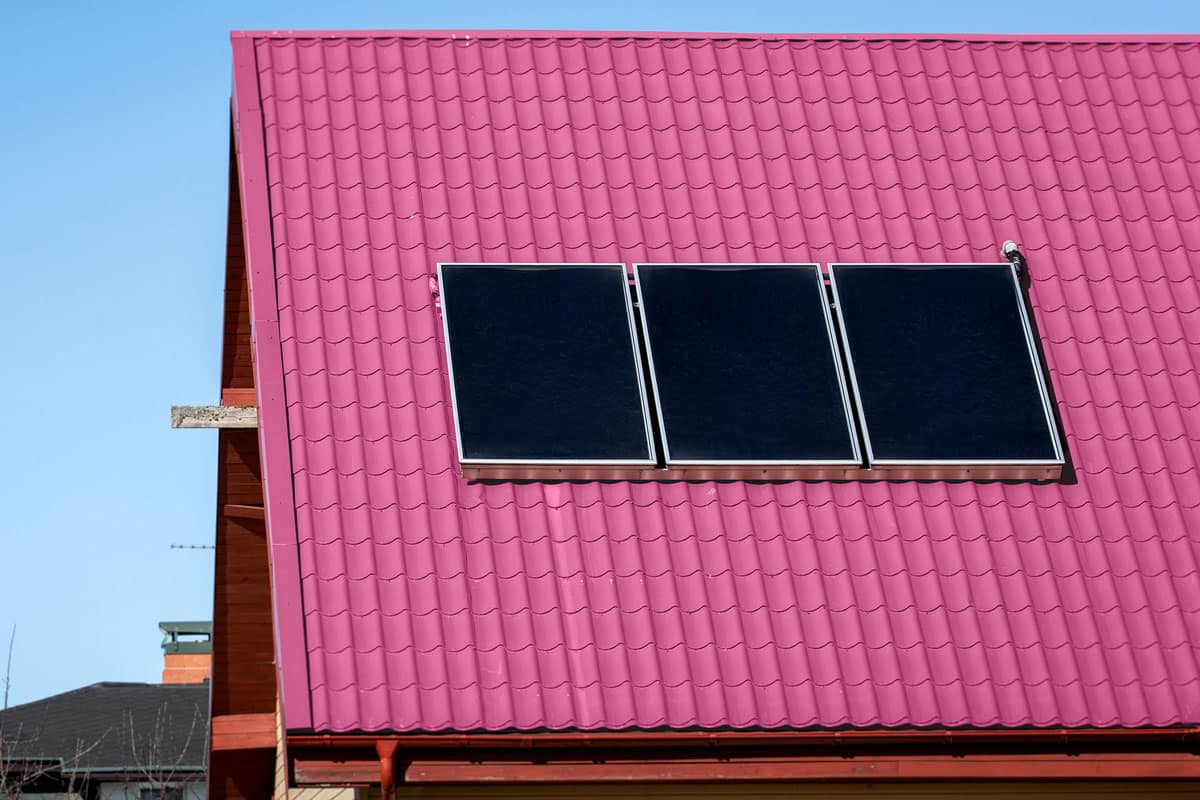 Solar power must be collected to make it usable. The term for the various types and shapes of devices that collect solar power and transfer it as heat is a solar collector.
Solar power must be collected to make it usable. The term for the various types and shapes of devices that collect solar power and transfer it as heat is a solar collector.
Solar power collectors are used for applications such as air conditioning and water heating, as well as for electricity generation.
These devices should be placed at an angle where the sun rays are at their strongest, taking into account the latitude of the location.
Thanks to this angle, the heat collected by the collector can be transferred to heating devices such as floor or wall heaters or radiators.
Atlas of Solar Power Potential of Turkey (GEPA)
In Turkey, which has an advantageous location for the use of solar power, cities receive 1400-1450 kWh/m² of solar radiation annually.
In the southern cities, this value can be as high as 1800-2000 kWh/m². Especially in cities such as Muğla, Antalya, Mersin, Van and Hakkari, this high potential should be used. Taking advantage of the fairly high sunshine duration nationwide and using solar power systems is a viable method of generating electricity at a low cost and protecting the environment.
Installed Solar Power Capacity in Turkey
In recent years, the solar power sector has developed strongly. Especially after 2014, a growth of 25% was recorded. In 2015, with a large capacity addition of 50 GW, the total global capacity becomes 227 GW.
Regionally, installed solar power capacity is highest in Europe. After Europe, it is Asia and North America.
Turkey is also a country with high solar power potential due to its geographical location. The installed power, which is increasing every year, reached 6,667 MW in December 2020. However, solar power accounts for 3.6% of the country's total electricity generation.
Solar Power Utilization Rates in the World
Regions located between 45° north and 45° south latitude have the opportunity to benefit from solar power. Although Europe and the Americas lead in solar power plant investment, solar potential is higher in Africa, South America, and Australia than in these regions.
Solar power, which is little used due to the advanced technology required, has become widespread in recent years thanks to increasing investment and decreasing costs as technology develops.
After the global crisis in 2008, solar power technology has improved. The development of technology and the increase in producers have led to a decrease in costs. As a result, investment in generating electricity through solar power has increased in China, the United States, Japan, India, and Turkey.
In terms of installed power capacity per capita, Germany, Japan, Italy, Belgium, and Australia are the countries with the highest capacity. In addition, China, India and the United States are the top three countries in solar power panel production.
How to Calculate a Solar Panel
When calculating the energy generated from the solar panel, the efficiency of the panel, the sun rays on 1 m² of surface, the angle of the sun rays and the intensity of the radiation are taken into account. Accordingly, a 1 m² panel with an efficiency of 15% generates 150 W/h of electrical energy when it receives 1000 W/m² of sunlight at a right angle.
Thanks to the high radiation value of Turkey, it is also possible for the panels to exceed this efficiency.
-
How many kWs of Solar Panels are Needed for a House?
If a solar panel is to be used domestically and the required panel calculation is to be made, the intended use should be considered.
Also needed are the daily energy consumption in the home, the appropriate area for the panel on the roof, and the radiation data for the region. Once such data is available, the calculation can be made easily. You can use the formula below for the calculation:
Solar panel power (W) = electricity consumption / 365 x daily sunshine time (hours)
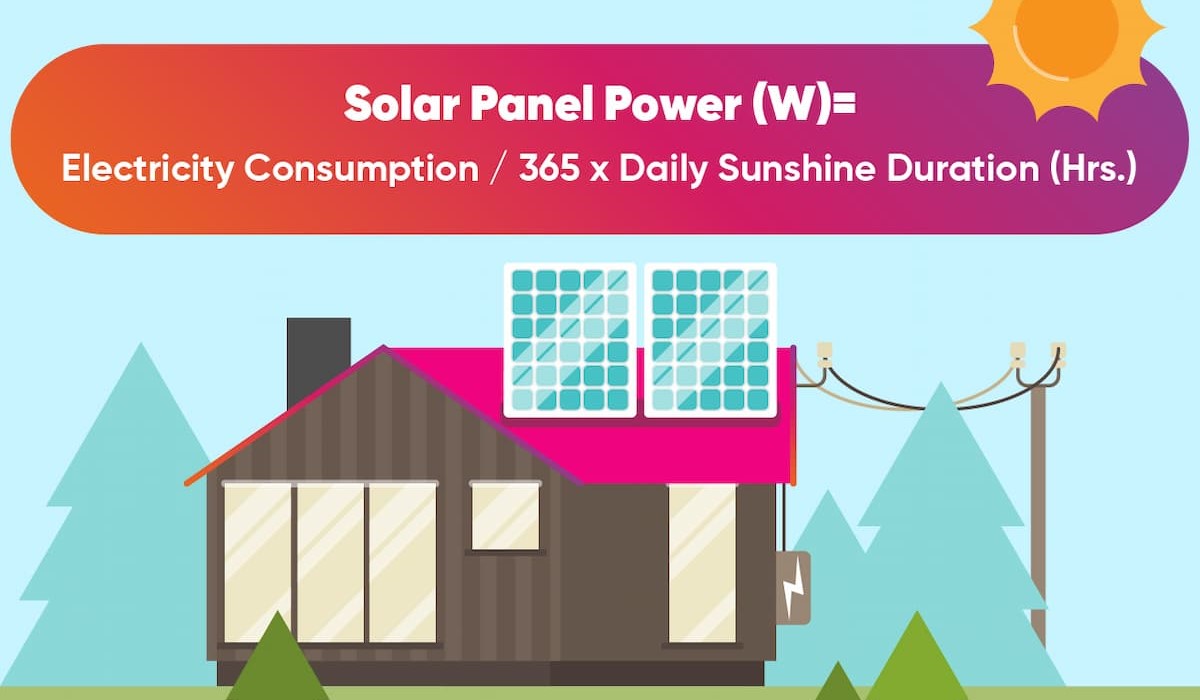
Share your knowledge about solar power in the comments and ask us any questions that come to your mind.

 Online Services
Online Services Application Inquiry
Application Inquiry Pay Assurance Fee
Pay Assurance Fee Query Installation Number
Query Installation Number Compensation Fee Inquiry
Compensation Fee Inquiry Automatic Payment Order Inquiry
Automatic Payment Order Inquiry Partnership
Partnership



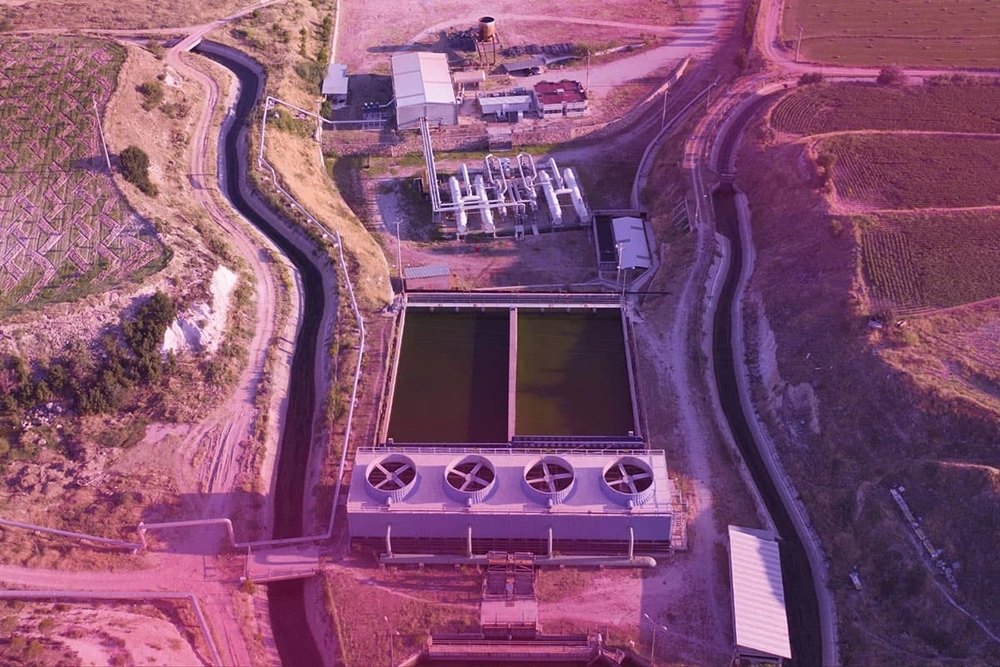
-Ssstem-nedir.jpg)

Leave a Comment